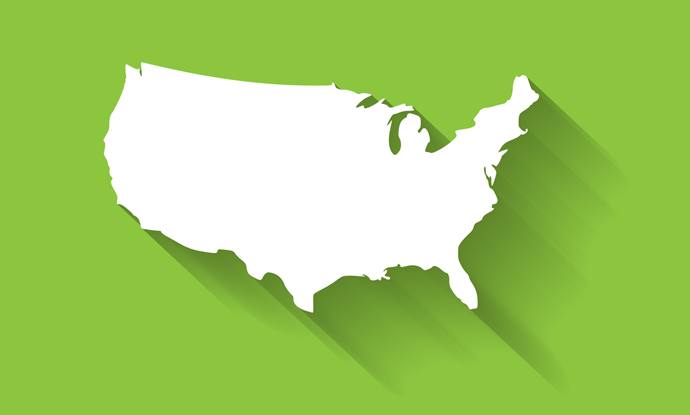Regulatory Uncertainty Continues to Disrupt ACA Marketplaces
Despite projected increases in payer participation in ACA marketplaces in the coming year, regulatory changes could easily usher in future exits.

- New research published by the Kaiser Family Foundation provides insight into the forces driving health payers to participate in certain ACA marketplaces while wholly quitting others.
Insurer participation in the Affordable Care Act health insurance marketplaces, which opened in 2014, has led to uneven distribution of available plans in different parts of the country and within states themselves.
Authors Rachel Fehr, Cynthia Cox, and Larry Levitt found that five insurers on average were participating in each state’s ACA market in its first year of operation. The distribution of available health payers ranged from a single company in New Hampshire and West Virginia to as many as 16 in New York. The following year saw a net increase in insurer participation, with an average of six insurers per state.
In 2016, the ACA marketplace started to undergo a slight change. An infusion of new entrants helped raise the national average of health payers to 5.6 companies despite the failure of a number of CO-OP plans. Texas and Wisconsin touted as many as 16 insurers.
True change came in 2017 when insurance company losses culminated in a high-profile market exodus. On average, 4.3 companies participated in the health insurance exchanges nationwide. And despite profits among insurance companies in 2017, many insurers left entire markets or shrunk their service prompted in part by legislative and regulatory uncertainty.
All told, an average of 3.5 companies remained on the ACA exchanges, ranging from one company in eight states to more than ten in three states. Forty-eight percent of enrollees (18% of counties) could choose from at least three insurers. No counties lacked at least one insurer this year despite concerns earlier in the year.
Following these change to payer participation in ACA marketplaces, margins among insurance companies steadily climbed in 2018 and spurred a number of insurers to either enter or increase the service area in the market for 2019.
Fifty-eight of consumers (23% of counties) shopping for health plans will have the ability to choose between on average three or more insurers in 2019. However, not all participating payers operate in all counties:
Although there are an average of 4.0 insurance companies per state, many insurers do not participate statewide. Insurer participation varies greatly within states, and rural areas tend to have fewer insurers. On average, metro-area counties have 2.3 insurers participating in 2019, compared to 1.8 insurers in non-metro counties. In 2018, 87% of enrollees lived in metro counties.
Counties are catching some momentum entering 2019, with 608 grabbing at least one insurer. Only five insurers nationwide will be down an insurer.
In 2019, insurance participation on the ACA Marketplaces will step up. Per state, there will be an average of 4.0 participants – a 3.5 jump from 2018. At 17 percent, the share of ACA marketplace enrollees with only one insurance option will be the lowest since 2016 and in all likelihood will be a Blue.
A greater number of companies are entering markets or expanding their footprints within states than withdrawing for the first time since 2015. That said, the market continues to be plagued overall by lower insurer participation than it experienced in the early years of ACA implementation.
Heading into 2019, coaxed by the repeal of the individual mandate penalty and expansion of short-term plans, insurers in the individual market eye gains from in higher premiums. Marketplace premium tax credits cushion enrollees from the upward effects these legislative and policy changes have had on premiums, but insurers will be closely watching the extent to which healthy people — particularly those not eligible for subsidies — leave the ACA exchanges where there have already been declines in enrollment as premiums have increased in recent years.
As they’ve been doing in a practice known as “silver loading,” most insurers will load the costs associated with the loss of federal cost-sharing reduction payments onto only silver plans in 2019. The level of financial assistance many enrollees receive has jumped due to this approach since subsidies are linked to the cost of silver plans.
A great deal of the destabilizing effect of the loss of these payments would have had on the market has been diminished as a result. Still, if state or federal officials install changes that impact the ability of an insurer to silver load, it will spark market disruption, perhaps prompting some insurers to reconsider participation.
